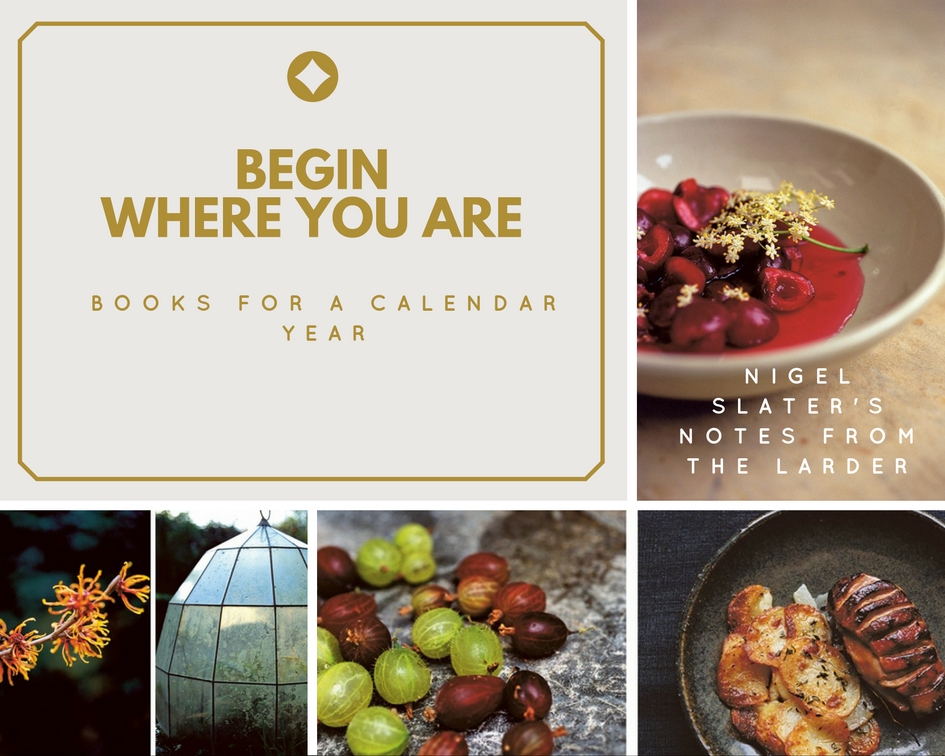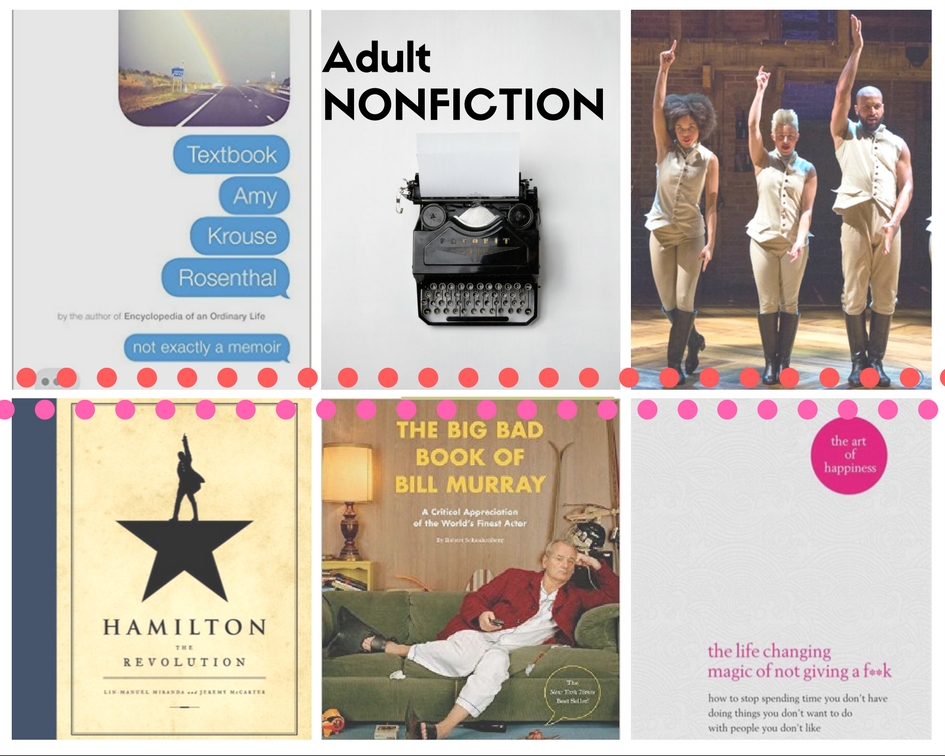PPL at 150: Celebrate with us!
posted: , by PPLtags: About the Library | PPL150 | Adults | Teens | Kids & Families | Seniors | News | Portland History
Throughout 2017, some of our partners will share their perspective on PPL in honor of our 150th anniversary celebration.
Today’s guest author is Beth Bordowitz, who serves as the President of the Library’s Board of Trustees. Beth is currently reading What It Takes, The Trespasser, and any Portugal travel book she can get her hands on.
“What an atmosphere of philosophy, knowledge and fancy, – with all of their kindred relations – will pervade this edifying place.”
Portland Public Library (PPL), founded 150 years ago, was opened to the public with great fanfare with those prophetic words from Mayor Chapman. Originally housed in City Hall, the Library has made its home in many places throughout the Portland community, including the iconic Baxter Building just blocks from the current Main Library.
PPL now comprises four branches, a Bookmobile, and an Annex for more collection holdings. We offer ebooks, movies, and music, and we host programs, discussions, and events. While we have evolved, one thing remains constant: We continue to serve as the “vast repository of learning for the continual reference and use of all enquirers” foreseen by Mayor Chapman at our opening.
And the Library is so much more than a repository. We are a dynamic, accessible resource for all in the community. We are a place to use a computer, learn a skill, receive help filing your taxes, join with other members of the Portland community to engage in civic discourse, visit a copy of Shakespeare’s First Folio.
As we embark on our 150th year, we will be doing what we do best: sharing stories. When you visit your favorite branch, we may ask if you would like to share a story of what the Library means to you. The story of the Library is the story of our community, and I invite you to add your voice to those of your neighbors, of your fellow patrons, and of our many partners in the community.
As the President of the Board of Trustees in this historic 150th year, I invite everyone in the community to visit the Library, to borrow a book or a movie – at your favorite branch or electronically from wherever you might be – to take in the changing art exhibits in the Lewis Gallery or a performance in one of our spaces, to lend your perspective to a discussion or a public meeting. Join us in celebrating all PPL has to offer. Learn why we are saying: 150 years of education, entertainment and discovery for all. PPL: It’s a long story.







